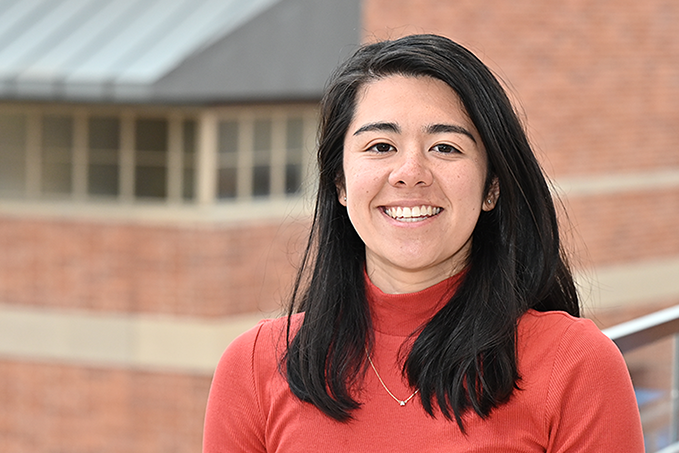Adria Stauber

Biography
Adria Stauber is a graduate student in Urban and Regional Planning at UCLA, concentrating in urban design and real estate development. Prior to starting graduate school, she worked as a community planner at TransForm, and on the real estate team at Habitat for Humanity. Currently, Adria works with the transportation team at AECOM, where she supports large-scale Los Angeles-based transit projects, including the Sepulveda Transit Corridor and Vermont Transit Corridor.
Adria is originally from the San Francisco Bay Area and graduated from UC Berkeley with a B.A. in Public Health.
Project Overview
One of the main objectives of transit-oriented developments (TOD) is to reduce the regional and environmental impacts imposed by auto ownership. As a result, Los Angeles cities have created programs to fund and promote the creation of this type of development. TOD typically consist of new housing located near rail stations or high-frequency bus stops, adhering to the assumption that these amenities will influence residents to drive less compared to those living farther from transit areas. Additional factors, such as reduced parking, newer developments, and access to essential locations and green space, may exert equal or greater influence on residents’ vehicle usage. My capstone seeks to provide clarity on the impact of various factors.
Why is this topic, specifically, important to you?
During my time as an undergraduate student, I had the opportunity to walk, bike, and ride public transportation around my neighborhood, easily living without a car. Moving back home after graduation, I immediately faced a three-hour round-trip commute to work, sometimes involving four different modes of transportation. Over time, this onerous commute began to impact my mental health, motivating my interest in how transit-oriented developments can positively affect someone’s quality of life. Connecting my personal experience to my capstone research, I aim to investigate the importance of the transit aspect in transit-oriented developments, with the objective of identifying additional elements common to these types of developments that potentially contribute to reduced auto dependency.
Who are the partners involved in this project and how will you be working with them?
My client on this project is the Los Angeles Department of Transportation (LADOT).
How do you hope that this project will impact the field moving forward?
Through this project, I hope that cities can incorporate additional strategies to transit priority areas that can ultimately reduce auto dependency.
Fellow at a Glance
FELLOWSHIP YEAR
ACADEMIC BACKGROUND
PROJECT TITLE
